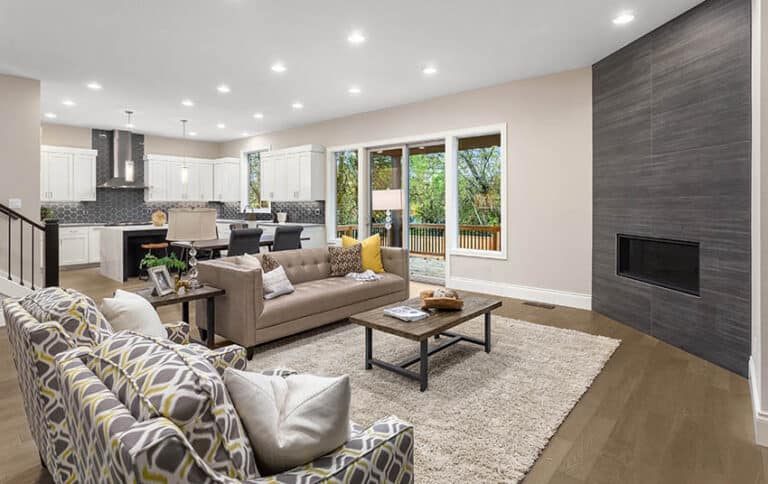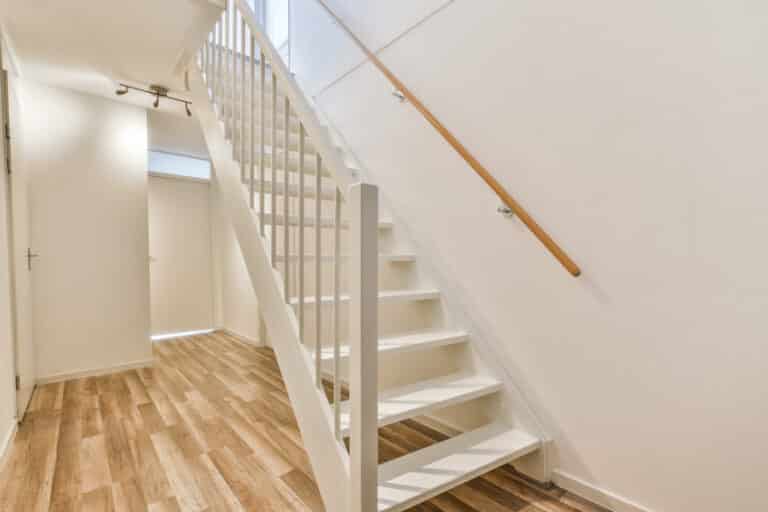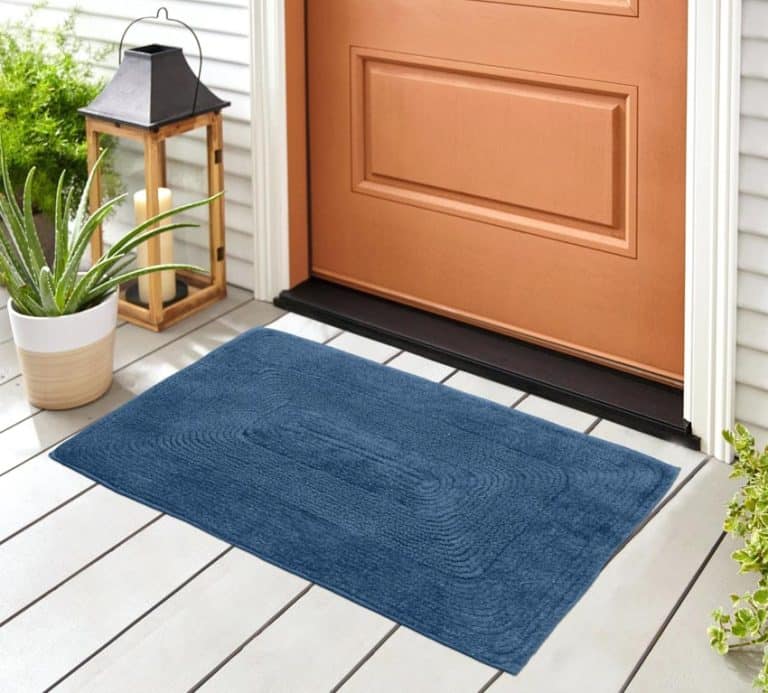How to Paint Over a Dark Color Wall
Here we share a step by step guide on how to paint over a dark color wall including the best paint color combinations and some tips of primer coating to cover dark walls.

How To Paint Over A Dark Color Wall
Surely you’ll be eager to jump straight in and start painting. However, like any painting project, you must first prepare your wall to receive new paint. Only then can you properly move on to the actual painting process.
Step One: Ready Your Supplies
Having the right supplies will make your painting project smooth and hassle-free. Make sure you have these painting essentials ready:

• Sandpaper and spackle (for wall preparation)
• Sponge or towel, dishwashing liquid, or other brands (for wall cleaning)
• Painter’s tape, old newspaper, or old cloth (for covering areas not to be painted)
• Good quality primer
• Good quality new paint (a better paint means fewer coats, saving you both time and gallons)
• Paint roller and tray (use thicker naps for rougher surfaces and vice versa)
You may also want to have on hand some paintbrushes for small, narrow, and critical areas, as well as a roller extender in case you find some areas hard to reach.
Step Two: Wall Cleaning and Preparation
In preparing your wall for new paint, make sure the surfaces are as clean as possible. A clean wall helps the paint adhere better. You can follow these steps for best results:
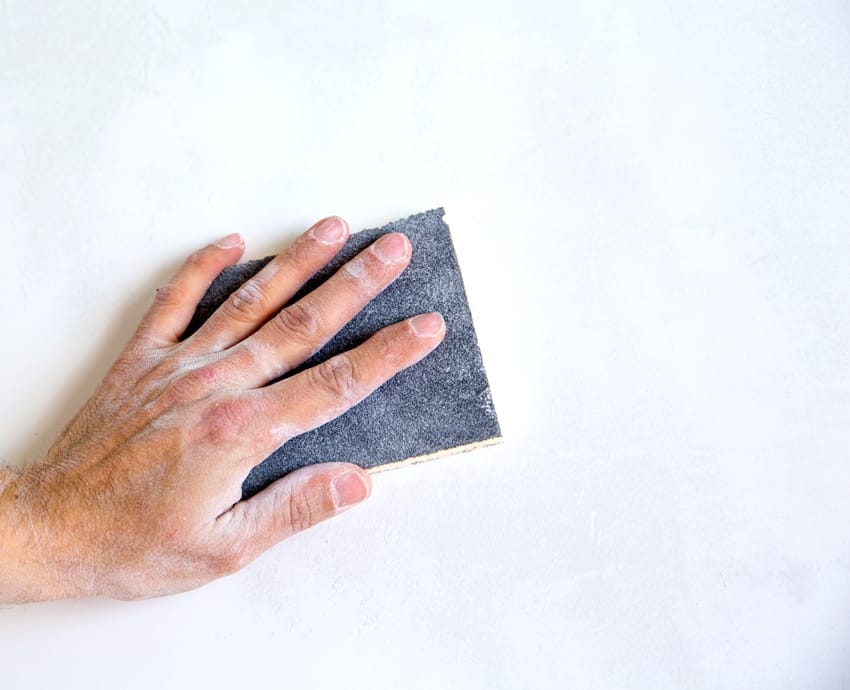
2.1. Sand the wall. Before painting, assess your wall for any holes or peeling. Scrape off peeling paint, and apply fillers or spackle to any crevices. After the spackle has dried, sand the walls smooth using sandpaper (fine-grit sandpaper for water-based paint and around 120 to 150-grit sandpaper for oil-based paint).
2.2. Clean the wall. After sanding, dust the wall with a towel or vacuum and brush the surface with warm water and watered-down dishwashing liquid.
2.3. Set up the workplace. Once you’re done cleaning, cover any switch plates or outlets to avoid getting paint in them. Do the same for baseboards or edges. Lastly, cover the floor with old newspaper or drop cloths to catch any paint droppings.
When painting light over dark, you have to make sure that the new lighter color will not change because of the original dark hue underneath it. The next step will solve this issue. See more ideas about paint colors that go with dark wood floors.
Step Three: Apply Primer
Primers are the base layer that ensures your new paint displays its true tone or shade. It also promotes adhesion and helps reduce the overall number of coats to apply to a particular wall surface.
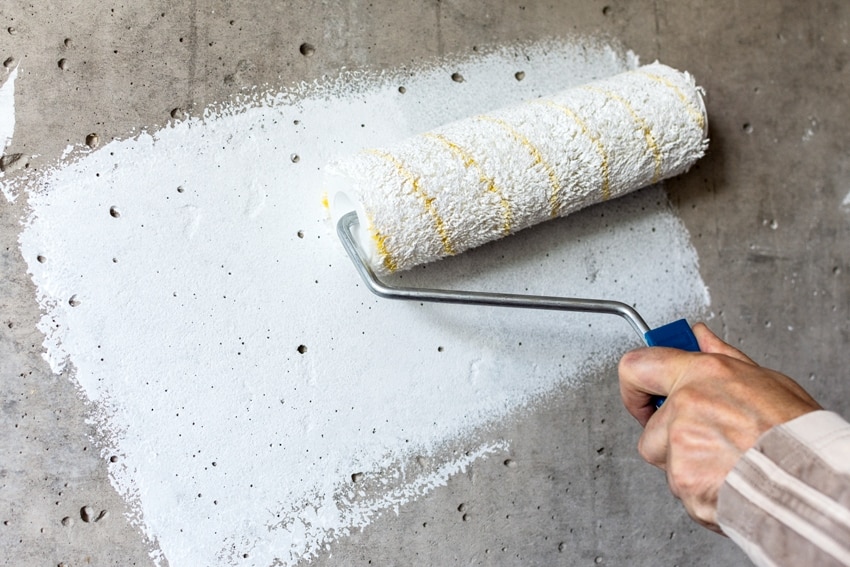
It is recommended to apply two coats of white primer, but don’t forget to let the first coat dry first before applying a second one.
When you’re done sanding, cleaning, and priming, you can finally get to painting!
Step Four: Start Painting
To have the best coverage over a previously dark wall color, make sure to buy high-quality paint. You must also note that the higher the contrast is between dark to light paint, the more layers of paint it may take.
For the best possible result, there are some proven techniques you can do. See paint color visualizers here.
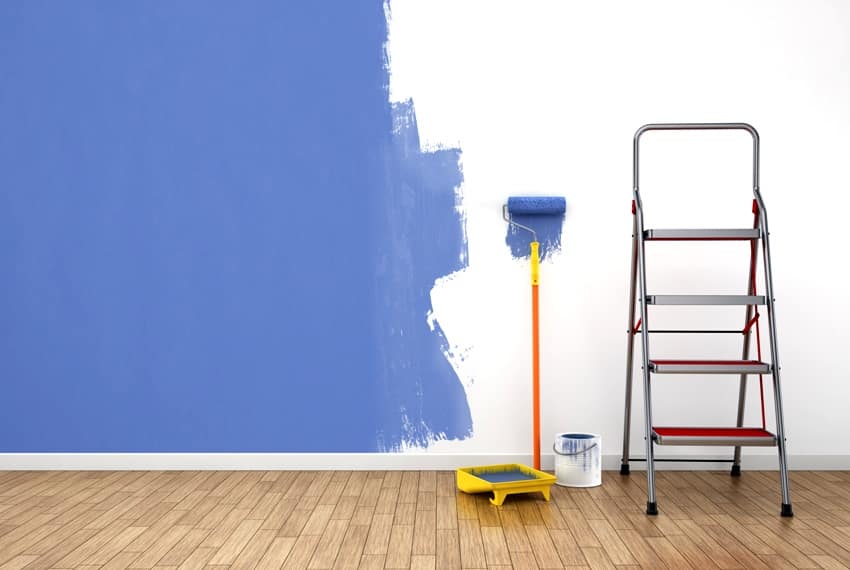
4.1. Get a moderate amount of paint on your roller. You want to have enough paint for heavy coverage, but not too much that it drips. So after you dip your roller on the paint-filled tray, wipe off the excess using the tray’s angled part.
4.2 Roll in a zig-zag pattern. Experienced painters and home renovators recommend that you roll in large “M” or “W” shapes. This approach helps the topcoat adhere better than the constant up and down direction.
4.3. Don’t forget the edging. Painting wide strokes is the best part of this whole project. However, be careful not to overlook edges as you spread paint diagonally in different directions. Inconsistent edging, or areas that didn’t receive the same layer of paint, will form a border that’s noticeably a shade more muted than the rest.
Tip: Don’t leave paint tapes while your wall dries. Remove them, paint the edges, and let dry the same time as the rest of the wall surface.
4.4. Apply at least two coats. Just like the primer, it is best you apply your new paint color twice, or thrice, or even four times, especially if you’ll be transitioning from a very dark color to its complete opposite. Make sure to let the paint dry first before the next coat, too.
The first coat may look patchy and dark. But as you continue to work through two or three applications, you’ll notice the lighter paint will naturally pop.
How Many Coats Of Primer Do I Need To Cover Dark Paint?

Most painting projects usually require only one coat of primer. If you’re painting over a dark color with a lighter one, however, you may have to apply more. As mentioned above, it is best to apply at least two coats of primer over dark-colored walls.
You can apply up to three coats even, for especially darker shades to make sure these won’t peek through or compromise a new, lighter shade.
What Is the Best Paint To Cover Dark Walls?
The best way to cover dark walls is a Primer and Paint combination. Some opt for a 2-in-1 product, but many prefer a dedicated primer layer and separate topcoat.

Local hardware stores probably have a variety of primer colors. For dark to light wall paint color, choose a white primer to prevent the base color from muting a lighter color. See ideas for choosing paint colors that flow from room to room here.
What new color you apply is up to you, and the result of the wall finish most likely depends on the quality of a paint brand and how well you’ve done the whole painting process.
How Hard Is It To Paint Over Black Walls?
Painting over black walls is definitely doable. Just follow the steps above and adjust according to how contrasting your new topcoat color will be.
For most rooms, a double application each of primer and topcoat will suffice and usually takes half a day to a couple of days only. Using good quality products will make the job far easier, too!
For more related ideas visit our guide on how to match wall color with wood floors.

